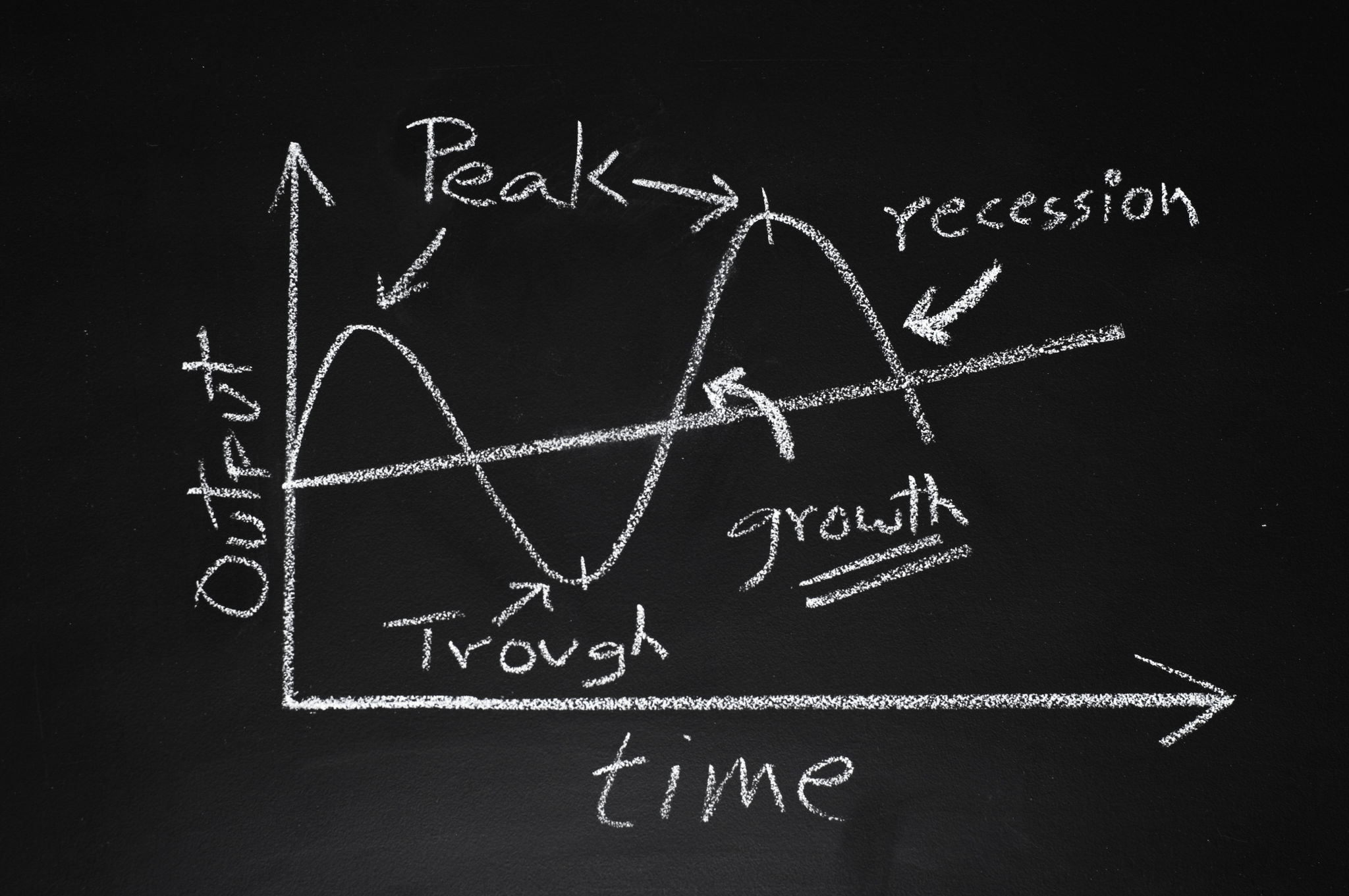The Impact of Seasonal Trends on Stock and Options Markets
Understanding Seasonal Trends in Financial Markets
Seasonal trends in the stock and options markets refer to predictable patterns that recur at specific times of the year. These trends can be influenced by various factors, including economic cycles, weather conditions, and consumer behaviors. Understanding these patterns can provide investors with valuable insights for making informed trading decisions.
While seasonal trends are not foolproof indicators of future performance, they offer historical data that can help investors anticipate potential market movements. Recognizing these patterns can be a strategic advantage, allowing traders to align their strategies with likely market behaviors.

The Role of Economic Cycles
Economic cycles play a crucial role in shaping seasonal trends in the markets. Phases such as expansion, peak, contraction, and trough affect investor sentiment and market performance. For instance, during economic expansions, consumer confidence often rises, leading to increased spending and investment.
Conversely, during contractions, investors may become more risk-averse, impacting stock prices and options strategies. By understanding these economic cycles, traders can better anticipate market conditions and adjust their portfolios accordingly.

Weather and Its Influence on Markets
Weather patterns can significantly impact certain sectors, such as agriculture, energy, and retail. For example, cold winters can drive up heating oil prices, while favorable weather conditions can boost agricultural yields. These changes can create opportunities for traders to capitalize on seasonal fluctuations in commodity prices and related stocks.
Investors may choose to hedge their positions or exploit these seasonal variations by using options strategies that benefit from expected price movements due to weather-related factors.
Consumer Behavior and Market Dynamics
Consumer behavior is another factor that influences seasonal trends in the stock and options markets. Holidays, back-to-school seasons, and major events like Black Friday can lead to predictable spikes in consumer spending. Retail stocks often experience increased volatility during these periods as companies release earnings reports reflecting heightened sales.

Options traders may take advantage of this volatility by employing strategies like straddles or strangles, which aim to profit from significant price movements regardless of direction. Understanding consumer patterns allows traders to position themselves to benefit from these seasonal dynamics.
Strategies for Leveraging Seasonal Trends
To effectively leverage seasonal trends, traders should consider a few key strategies:
- Research Historical Data: Analyze historical market data to identify recurring patterns and their potential impact on specific stocks or sectors.
- Diversify Portfolios: Diversification can help mitigate risks associated with seasonal fluctuations by spreading investments across different sectors and asset classes.
- Stay Informed: Keep abreast of economic reports, weather forecasts, and consumer trends that could influence market dynamics.
By employing these strategies, investors can better navigate the complexities of seasonal trends in the stock and options markets.
The Limitations of Seasonal Trends
While seasonal trends provide valuable insights, it's essential to recognize their limitations. Market conditions are influenced by numerous factors beyond seasonality, including geopolitical events, regulatory changes, and technological advancements. Relying solely on seasonal patterns without considering these elements can lead to misguided decisions.

Moreover, past performance does not guarantee future results. Traders should use seasonal trends as one component of a comprehensive investment strategy rather than the sole basis for their decisions.
Conclusion: Balancing Insight with Caution
Seasonal trends offer a fascinating glimpse into the cyclical nature of financial markets. By understanding these patterns and integrating them into broader trading strategies, investors can enhance their ability to navigate the complexities of stock and options markets. However, it is crucial to balance this insight with caution and remain adaptable to changing market conditions.
Ultimately, success in the markets requires a blend of historical analysis, current market awareness, and strategic foresight. By leveraging seasonal trends judiciously, traders can position themselves to seize opportunities while managing potential risks effectively.
